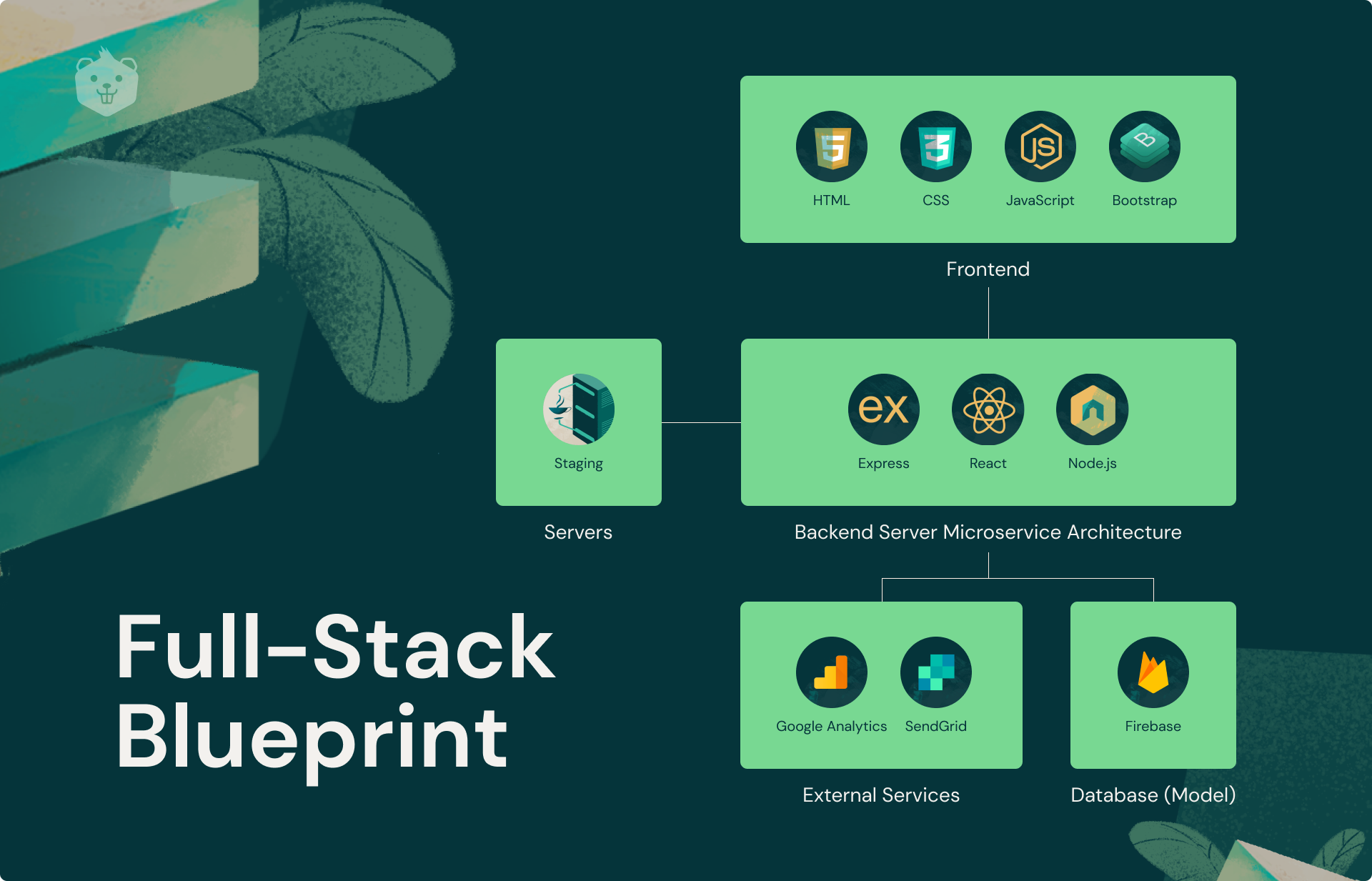Cao News Hub
Your daily source for trending news and informative articles.
Full-Stack Follies: Tales from the Code Trenches
Dive into Full-Stack Follies for hilarious, real-life coding adventures and lessons learned from the code trenches. Join the journey!
Debugging Nightmares: How I Conquered My Biggest Coding Blunders
As a developer, I've faced my fair share of coding blunders that sent shivers down my spine. One significant nightmare occurred during a late-night coding session when I inadvertently introduced a critical bug in a live application. After spending hours trying to track down the culprit, I realized I had neglected to properly validate user input, causing a cascade of errors. This experience taught me the importance of robust validation and the need for comprehensive unit testing, which ultimately became imperative in my coding practices.
Another major lesson came from a complex project where I had to refactor an outdated codebase. In my eagerness to improve performance, I ignored the implications of my changes on existing functionalities. The result? A multitude of debugging nightmares that left my head spinning. Determined to conquer these challenges, I implemented a more systematic approach to debugging, including utilizing version control and breaking down the code into smaller, manageable sections. These strategies not only helped me resolve the issues faster but also reduced my anxiety when faced with unexpected errors in future projects.

The Balancing Act: Managing Front-End and Back-End Workflows
In the world of web development, managing front-end and back-end workflows is akin to walking a tightrope—it requires both skill and balance. Front-end developers focus on user experience, crafting intuitive designs that engage users, while back-end developers ensure that the server, application, and database function seamlessly. To harmonize these workflows, teams often implement strategies such as Agile methodologies and version control systems, which promote communication and collaboration between both sides. Keeping the lines of communication open allows for the quick resolution of issues and fosters a shared understanding of project goals.
Furthermore, leveraging tools like API integrations can significantly enhance the efficiency of front-end and back-end workflows. These integrations allow for real-time data exchange, letting developers work concurrently without stepping on each other's toes. Regular meetings such as sprint reviews and stand-ups encourage the team to stay aligned, ensuring that both front-end and back-end developments move at a comparable pace. By finding the right tools and maintaining an adaptable workflow, teams can master the art of balancing these crucial components, ultimately delivering a smoother and more effective web experience.
What Every Aspiring Full-Stack Developer Needs to Know Before Diving In
As an aspiring full-stack developer, it's crucial to understand that this role encompasses both front-end and back-end development. This means you must be adept in a variety of technologies and languages. Start with the fundamentals: HTML, CSS, and JavaScript for client-side development, and then advance to back-end technologies such as Node.js, Ruby on Rails, or Python with Django. Additionally, familiarize yourself with databases like MySQL, MongoDB, or PostgreSQL. Remember, mastery of these technologies is not just about knowing how to use them but understanding when to select one over another based on the project's requirements.
Moreover, the landscape of technology is ever-evolving, making it essential for any full-stack developer to adopt a mindset of continuous learning. Participate in coding bootcamps, take online courses, and engage with developer communities to expand your skill set and stay updated on industry trends. It’s also beneficial to work on personal projects or contribute to open-source initiatives; this not only builds your portfolio but also exposes you to real-world challenges. Keep in mind that being a successful full-stack developer requires not just technical skills, but also soft skills like problem-solving, communication, and teamwork, making you an invaluable asset in any development team.